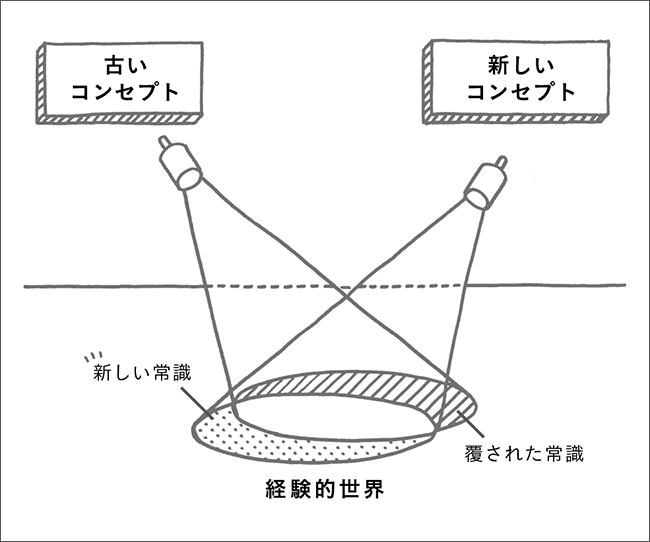This year, our home was bustling with guests for a lively New Year's celebration. A perennial favorite was my wife's hometown specialty: Takamatsu-style "Anmochi no Ozoni." It's a bowl of sweet red bean paste-filled mochi served in white miso soup. Everyone cautiously brings it to their mouths, then breaks into smiles at the unexpected combination.
I've always wondered why we eat "rough stew" right at the start of the new year. But wait, the formal name is actually "Zōni Mochi." It apparently means mochi simmered with colorful ingredients. And the character "雑" (zatsu) originates from "clothes made by gathering various fabrics." Indeed, no matter the region, New Year's soup always features mochi at its center, adorned with vibrant colors—a presentation truly befitting "osechi" (New Year's cuisine).
Come to think of it, "osechi" originally referred to all celebratory dishes prepared for the five seasonal festivals based on Chinese yin-yang and five elements theory: the Peach Festival (March 3rd), the Boy's Festival (May 5th), the Star Festival (July 7th), and the Double Ninth Festival (September 9th). This background likely explains why Mr. Tsuji Yoshikazu of "Kaiseki Tsujidome" uses the term "New Year's cuisine" in his writings.
It is indeed crucial to understand and use words accurately. When encountering ambiguous terminology, one should not simply ignore it or make arbitrary assumptions, but rather seek out a reliable "definition." Unfortunately, the advertising industry—and sometimes the business world at large—often seems indifferent to such "definitions."
As a result, substantive discussions stall, and concepts are merely consumed without purpose. Nine years ago, driven by a sense of crisis about this state of affairs, I wrote my first book, The Textbook of Ideas.
I define "idea" as "a new perspective for solving problems to realize a vision." And I consider "concept" and "idea" to be the same thing. This aligns with the advertising industry's tradition of calling core new perspectives – big ideas, core ideas, etc. – "ideas" and valuing them globally.
On the other hand, Professor Ikujiro Nonaka, a global authority on "concepts," positions "concepts" as lying between an individual's subjective "idea" and a universally accepted "theory." And this is probably the common "definition" in the business world. Complaining that "Japan doesn't have the habit of paying for ideas..." while leaving this definition of ideas ambiguous seems rather pointless.

Incidentally. This column has repeatedly referenced American sociologist Talcott Parsons' analogy of "concepts" and "ideas" as "like searchlights!" However, this is not a definition but merely a metaphor. While it helps intuitively grasp the concept, it carries an ambiguity that overlooks the obvious differences between "concepts" and "searchlights."
Now then.
"Strategy"
"Design"
"Innovation"
"Regional Revitalization"
"Co-creation"
"Digital Transformation"
How well can you truly "define" and fully grasp these concepts that surround us? Honestly, even when I manage to organize them into words, it feels like something crucial slips away each time. It's like an endless game of whack-a-mole. But it's not entirely futile; each time, I feel like I'm getting a little closer to some truth. This year, I'm prepared to struggle again between "defining concepts" and the "muddled realities of practice."
Finally, just one thing—my thanks.
My book, How to Create Concepts: Dentsu Inc.'s Approach to Thinking That Can Help with Product Development, has gone into reprint. Now in its fourth year, it's reaching its fourth edition. It's been a rather leisurely pace. I extend my deepest gratitude to everyone who has supported it. And for those who haven't read it yet, I hope you'll enjoy the freshly printed new edition!
Enjoy!









